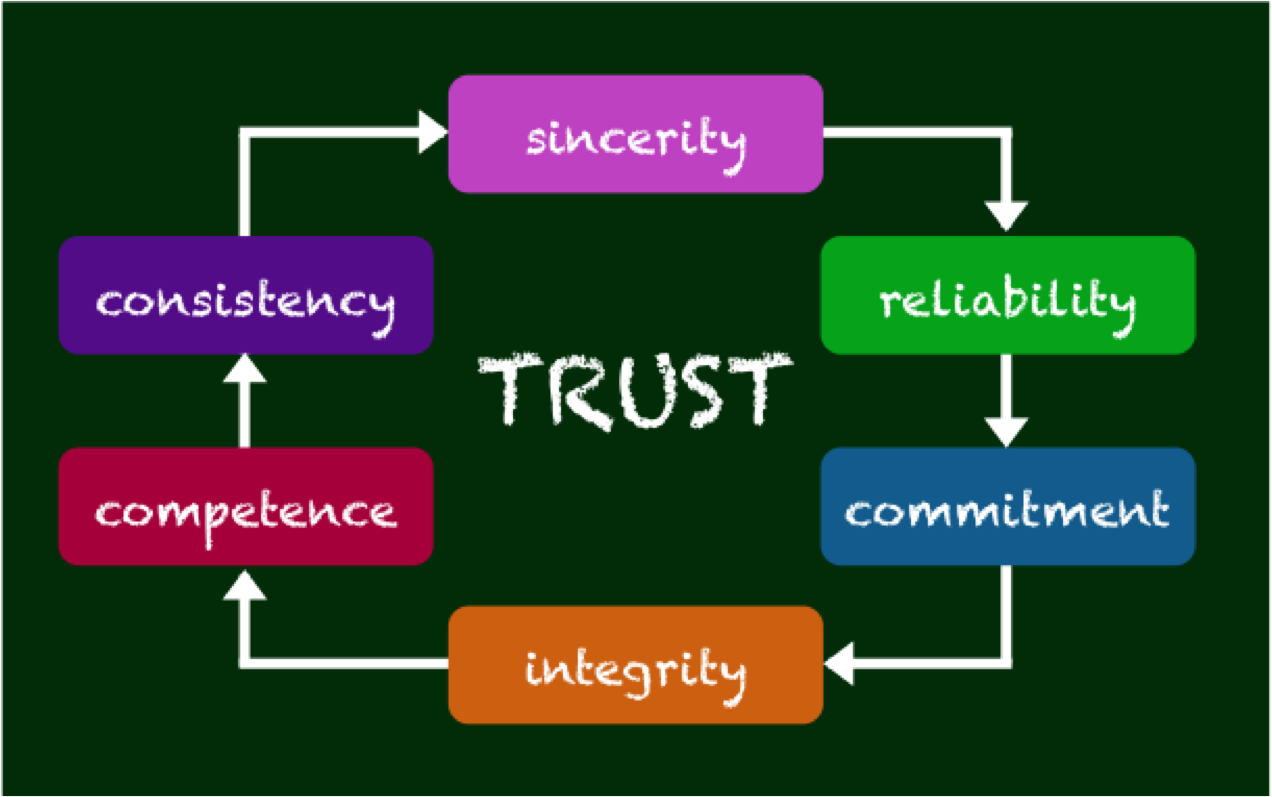Effective Communication

The primary goal in effective communication is to develop quick rapport and trust.
Steps to foster a positive connection during the first five minutes of an initial encounter are to:
- Observe how the person interacts and reacts to their personal and physical space.
- Assess the environment and create a calm, safe space for interaction.
- Try a smile, say “hello”, and check their response.
- Be relaxed and use humor.
- Show compassion, grace and humility.
- Give your undivided attention, and act like you have all day.
- Be yourself, be real, and not perfect.
- Find out their goals.
- Ask strategic questions and share reflections.
- Identify ambivalence.
- Show unconditional, positive regard.
- Nurture hope.
- Begin to enter their world, and learn their backstory.
- Find out their struggles, hopes and fears.
- Leave behind your bias and judgement.
- Establish quick rapport and start the process of earning their trust.
- Treat each person as the expert on their life.
The following are tactics to promote trust through effective communication:
- Focus your attention on the individual and use active listening skills.
- Tune in to the person’s feelings.
- Show compassion and mirror mutual respect.
- Do not agree or disagree with delusional content; instead look for a shared reality.
- Reflect back what is heard.
- Ask clarifying questions, explore for meaning and keep it simple.
- Engage patients in making informed choices about their lives.
- Discuss lack of choices in situations where warranted.
- Remain polite, say goodbye, and ask if you may meet again if a person does not want to talk and wants you to leave.
- Ensure that engagement is non-threatening;
- Avoid lecturing, judging, demanding. Consider following with, “No judgement here,” when asking about sensitive subjects such as substance use.
- Consider the impact of word choice on implicit and explicit bias.